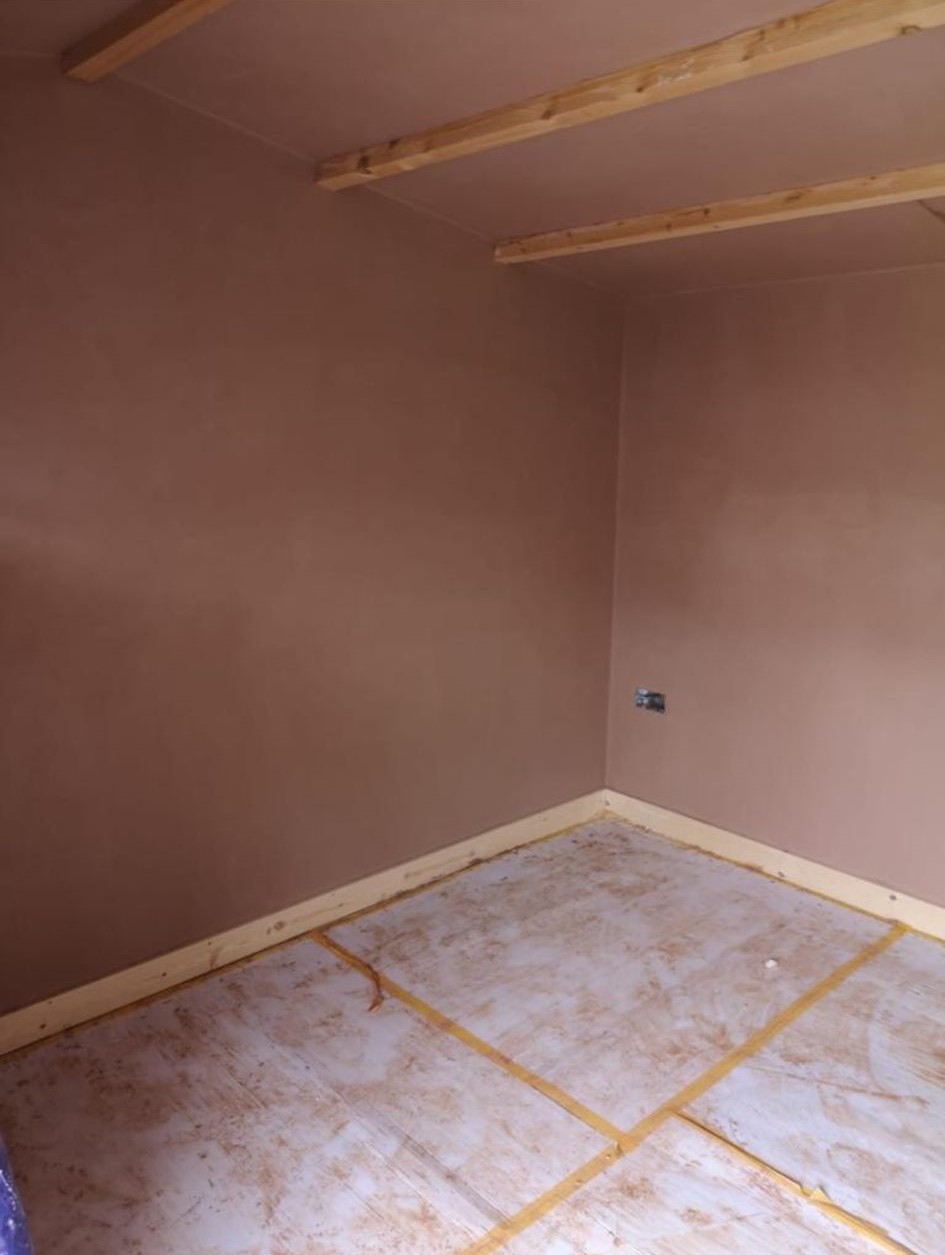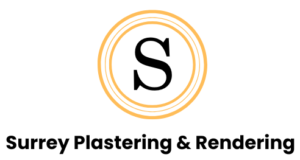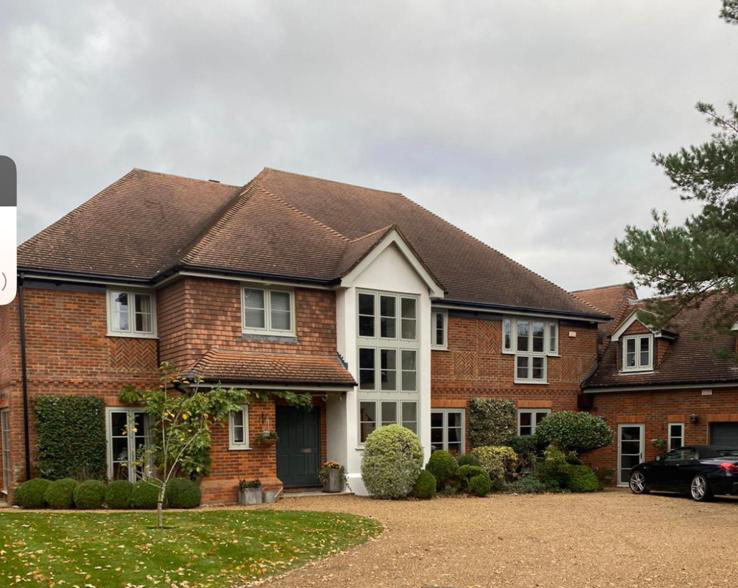In the realm of home improvement and interior design, plaster is a material that often goes unnoticed yet plays a pivotal role in creating the smooth, flawless walls we desire. From creating aesthetic finishes to providing a solid base for paint and wallpaper, plaster is essential. But with various types to choose from, each boasting distinct properties and applications, how do you know which one suits your needs? In this guide, we’ll explore the eight most popular types of plaster found across the United Kingdom. Whether you’re a homeowner, a builder, or an interior designer, understanding these options will help you make informed decisions for your projects.
What is Plaster?
Plaster is a versatile building material used to coat, protect, and decorate interior walls and ceilings. It’s made by mixing gypsum, lime, or cement with water to create a paste that dries to a hard, smooth finish. This material has been used for centuries due to its durability and ease of application. It serves as a base layer for paints and wallpapers and can also be used to create intricate decorative moldings.
In modern construction, plaster is prized for its ability to create even, seamless surfaces. It can be tinted or textured to suit various aesthetic preferences, making it a favorite in both contemporary and traditional designs. Additionally, plaster acts as a protective barrier, enhancing the longevity of walls and ceilings by resisting impacts and moisture.
Plaster’s adaptability is one of its greatest strengths. It can be applied to a variety of surfaces, including brick, stone, and drywall, making it suitable for new builds and renovation projects alike. Understanding its composition and benefits is crucial for anyone involved in construction or home decoration.
What Type of Plaster is Used for Walls?
When it comes to wall applications, the type of plaster you choose depends on the surface and the desired finish. The most common plasters for walls include browning plaster, bonding plaster, and hardwall plaster. Each offers unique benefits, making them suitable for different scenarios.
Browning plaster is typically used as an undercoat for walls. It provides a solid base layer that helps ensure the final coat adheres properly. This type of plaster is ideal for use on absorbent surfaces such as brick and blockwork, where it can help regulate moisture levels.
Bonding plaster is another popular choice for walls, especially when working with non-porous surfaces like concrete or plasterboard. Its adhesive properties allow it to stick to surfaces that might otherwise resist traditional plasters, making it a crucial tool for many builders and DIY enthusiasts.
Hardwall plaster is known for its strength and durability, making it perfect for areas that require a robust finish. It’s commonly used in high-traffic areas or places where the walls need to withstand knocks and bumps, such as hallways and children’s rooms.
Common Types of Plaster
Understanding the different types of plaster available can greatly enhance your building projects. Let’s explore some of the most common varieties found in the UK:
Browning Plaster

Browning plaster is an undercoat plaster used to prepare walls for the application of a finishing plaster. It’s made from a mixture of gypsum and sand, providing a solid base for further decorating efforts. This plaster type is particularly useful for leveling uneven surfaces, ensuring that the final coat goes on smoothly.
One of the main advantages of browning plaster is its ability to regulate moisture. By managing the humidity levels in a room, it helps prevent dampness and mold, which can cause significant damage to walls over time. This makes it an excellent choice for older properties or areas prone to moisture issues.
In addition to its moisture-regulating properties, browning plaster is relatively easy to apply, even for those new to plastering. It can be layered to achieve the desired thickness, allowing builders to tailor the application to suit specific needs or preferences.
Bonding Plaster
Bonding plaster is a versatile material designed to adhere to a wide range of surfaces, including concrete and plasterboard. Its formulation ensures a strong bond, making it ideal for tricky applications where other plasters might struggle to stick.
This type of plaster is often used as a base layer in multi-coat plaster systems, providing the initial adhesion necessary for a lasting finish. Its lightweight nature also makes it easier to work with, reducing the physical effort required during application and smoothing.
One of bonding plaster’s key benefits is its quick setting time, enabling faster project completion and reducing downtime. This can be particularly advantageous in commercial settings or when working against tight deadlines. Its smooth finish also means less sanding is needed, saving time and effort in the final stages of a project.
Hardwall Plaster
Hardwall plaster is prized for its strength and durability. Made from gypsum and aggregate, it creates a robust surface capable of withstanding heavy wear and tear. This makes it perfect for areas of a property that experience frequent use or where impact resistance is important.
The application of hardwall plaster involves a layer-by-layer approach, gradually building up thickness to achieve the desired finish. This allows for flexibility in terms of design and functionality, catering to a wide range of project requirements.
In addition to its physical properties, hardwall plaster is also resistant to fire and moisture, providing additional safety and protection for homes and businesses. Its versatility makes it a popular choice among builders and homeowners looking for a reliable, long-lasting plaster solution.
Tough Coat Plaster
Tough coat plaster is a specialized product designed to provide extra durability and resistance in high-traffic areas. It’s commonly used in commercial spaces, schools, and hospitals where walls are subject to frequent impacts and scuffs.
This plaster type offers superior scratch resistance, making it ideal for environments where walls are likely to be bumped or knocked. Its resilience also means that it requires less maintenance over time, helping to keep repair costs down in busy settings.
Tough coat plaster can be applied in both thick and thin layers, allowing for flexibility depending on the specific needs of a project. It can also be combined with other types of plaster to achieve a desired aesthetic while maintaining its practical benefits.
Thistle Plaster
Thistle plaster is a well-known brand of plasters produced by British Gypsum, offering a range of solutions for different applications. These include undercoat and finishing plasters, each carefully formulated to deliver optimal performance.
One of the standout features of Thistle plaster is its ease of use. Whether you’re a seasoned professional or a DIY enthusiast, you’ll appreciate its smooth application and consistent results. The plasters are also designed to work seamlessly with British Gypsum’s other products, ensuring compatibility across their range.
In addition to its user-friendly nature, Thistle plaster is recognized for its high-quality finish. It provides a smooth, even surface that’s ready for painting or papering, helping you achieve a polished look without the need for extensive sanding or preparation.
Carlite Plaster
Carlite plaster is another brand produced by British Gypsum, known for its lightweight properties and ease of application. It’s designed to be used as a finishing plaster, providing a smooth, polished surface suitable for a variety of decorative finishes.
One of Carlite plaster’s key advantages is its quick drying time. This enables faster project completion, allowing you to move on to the next stages of your renovation or construction work without delay. Its lightweight nature also makes it easier to handle, reducing fatigue during application.
In addition to its practical benefits, Carlite plaster offers excellent coverage, helping you achieve a professional finish with minimal effort. Its versatility and ease of use make it a popular choice among builders and homeowners alike.
One Coat Plaster
One coat plaster is a convenient, all-in-one solution for those looking to save time and effort during their plastering projects. As the name suggests, this type of plaster is designed to be applied in a single layer, eliminating the need for multiple coats.
This plaster is particularly useful for smaller projects or when working on tight deadlines, as it reduces the time and labor required for application. Despite being applied in a single coat, it still delivers a high-quality finish, with excellent adhesion and durability.
In addition to its time-saving benefits, one coat plaster is easy to apply, making it suitable for both professional contractors and DIY enthusiasts. Its versatility and efficiency make it a valuable addition to any plasterer’s toolkit.
Dri-Coat Plaster
Dri-coat plaster is a specialized product designed to be used in areas affected by dampness or high humidity. It’s formulated to resist moisture ingress, helping to protect walls from the damaging effects of water and mold.
This type of plaster is often used in basements, bathrooms, and other areas where moisture problems are common. Its ability to regulate humidity levels makes it an essential solution for maintaining the integrity of walls in challenging environments.
In addition to its moisture-resistant properties, dri-coat plaster offers excellent adhesion and a smooth finish, ensuring a professional result every time. Its robust formulation provides long-lasting protection, helping to keep your walls in top condition for years to come.
Hardwall Plaster vs. Bonding Plaster
When choosing between hardwall plaster and bonding plaster, it’s important to consider the specific needs of your project. Both offer unique benefits, making them suitable for different applications.
Hardwall plaster is known for its strength and durability, making it ideal for areas of a property that experience frequent use or require impact resistance. Its robust formulation ensures a long-lasting finish that can withstand heavy wear and tear.
Bonding plaster, on the other hand, is designed to adhere to a wide range of surfaces, making it a versatile choice for challenging applications. Its lightweight nature and quick setting time make it a convenient option for projects with tight deadlines.
Ultimately, the choice between hardwall and bonding plaster will depend on the specific requirements of your project. Consider factors such as surface type, location, and intended use when making your decision.
Conclusion
Understanding the different types of plaster available in the UK can greatly enhance your building and renovation projects. Each type offers unique benefits, making them suitable for a variety of applications and environments.
From browning plaster’s moisture-regulating properties to hardwall plaster’s durability, there’s a plaster solution for every need. Whether you’re a professional builder or a DIY enthusiast, familiarizing yourself with these options will help you make informed decisions for your projects.
If you’re looking to explore further or need expert advice, consider reaching out to local suppliers or industry professionals for guidance. They can provide valuable insights and recommendations to ensure the success of your plastering endeavors.


